
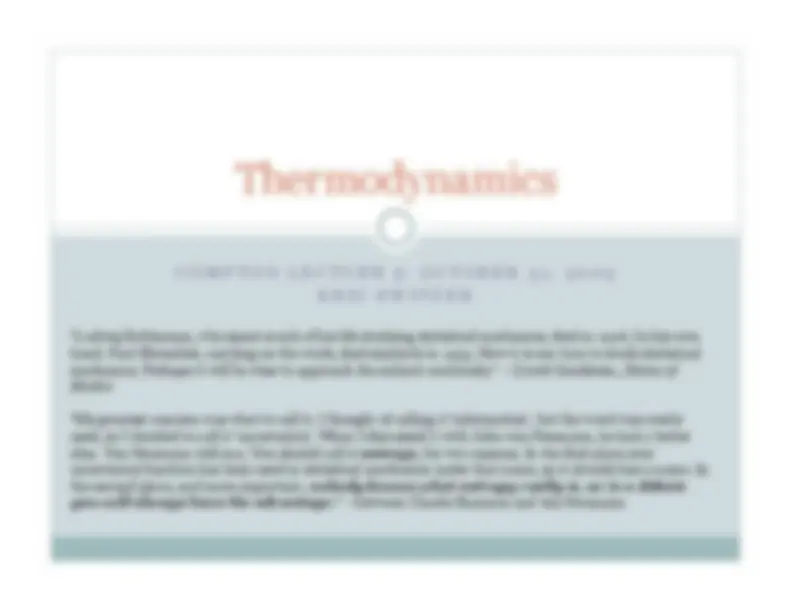
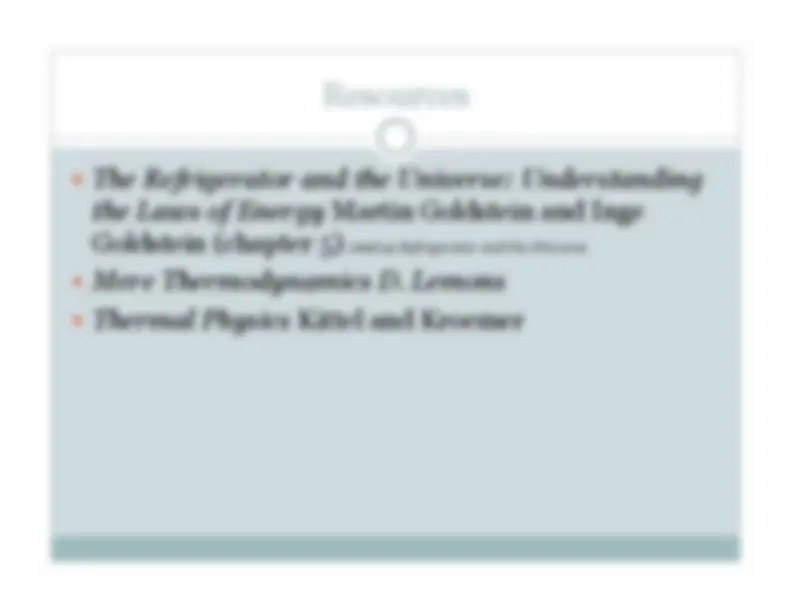
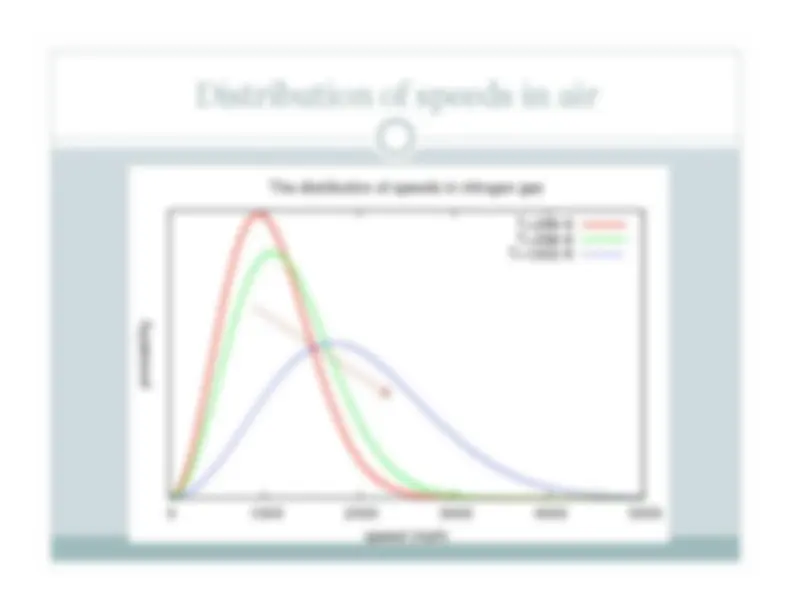
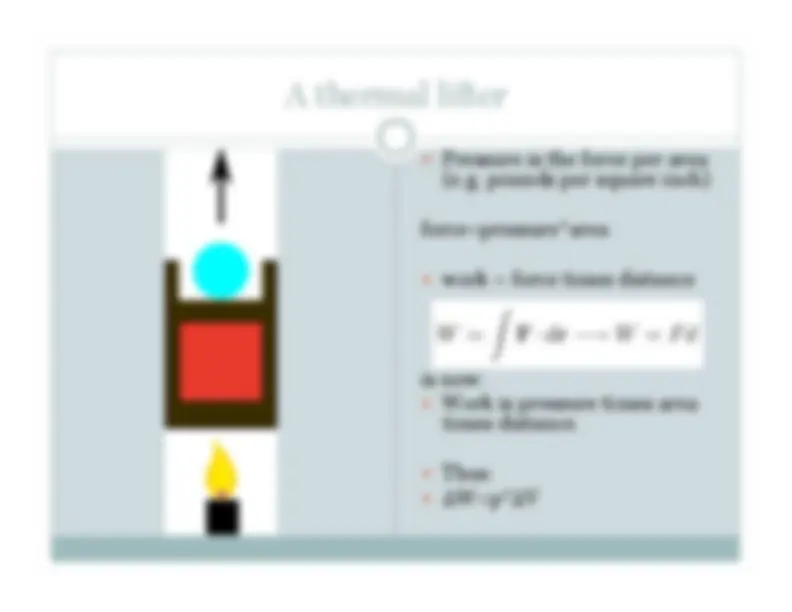
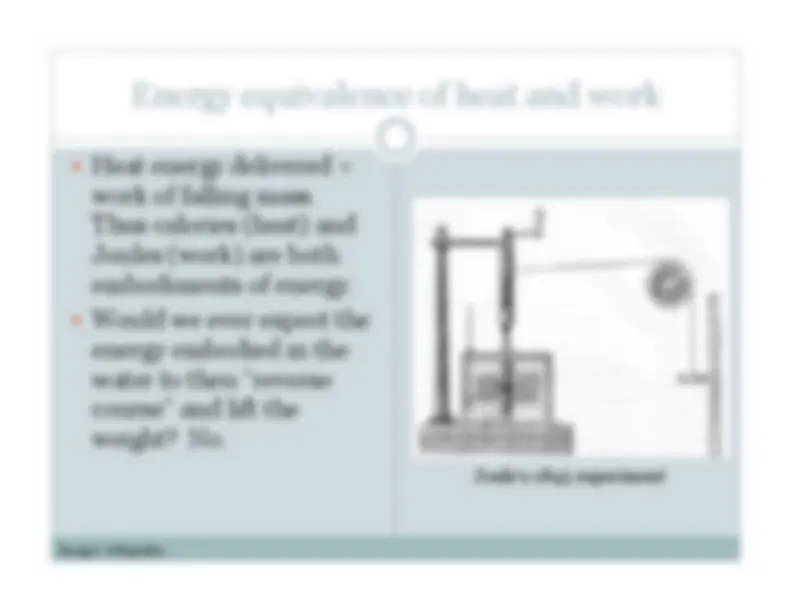
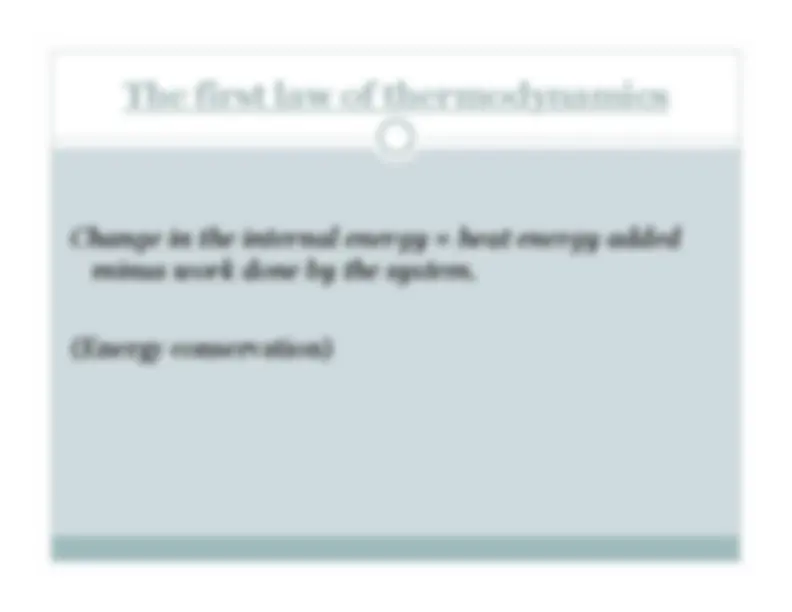
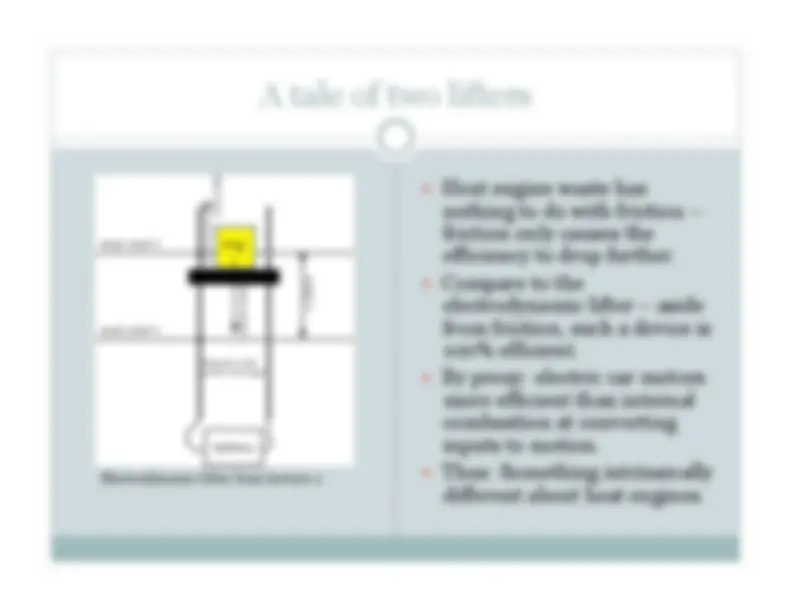

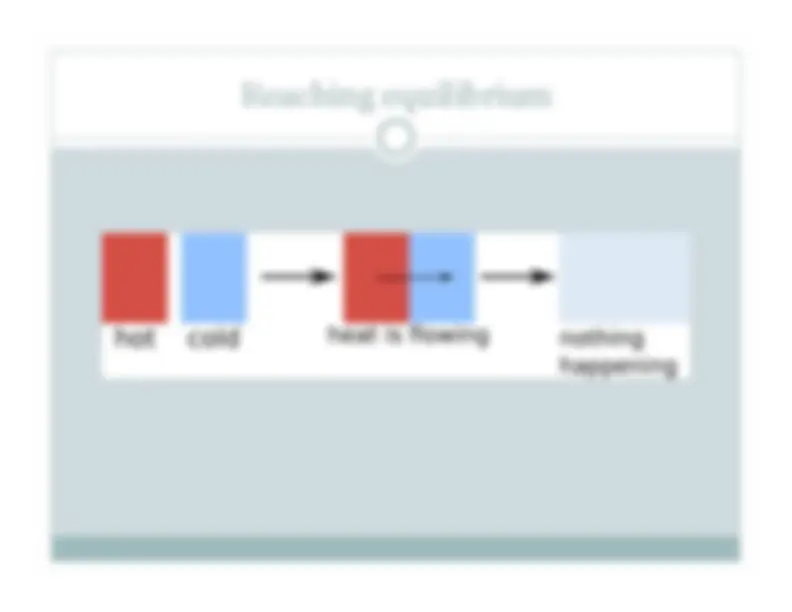
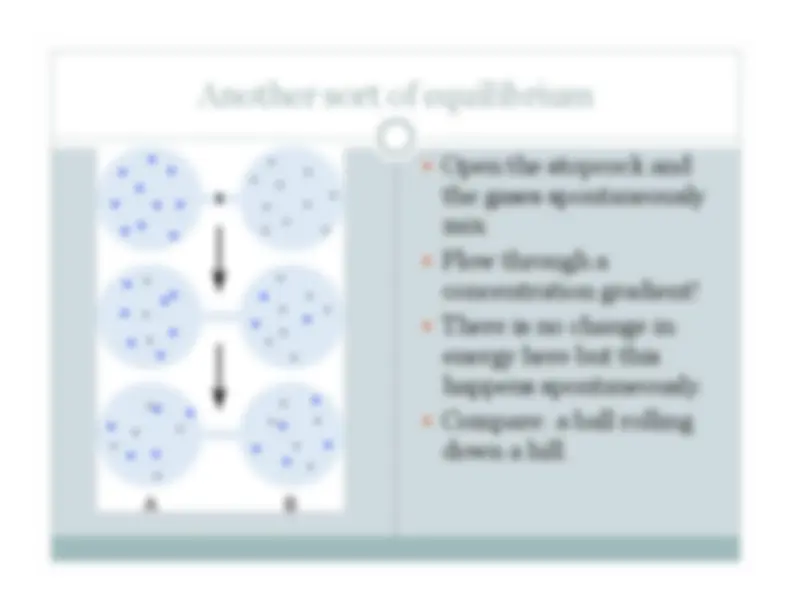
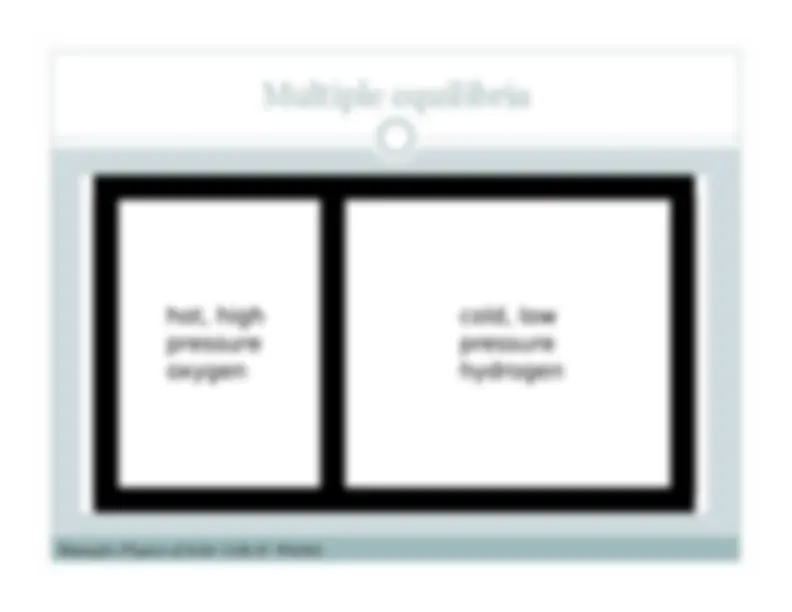
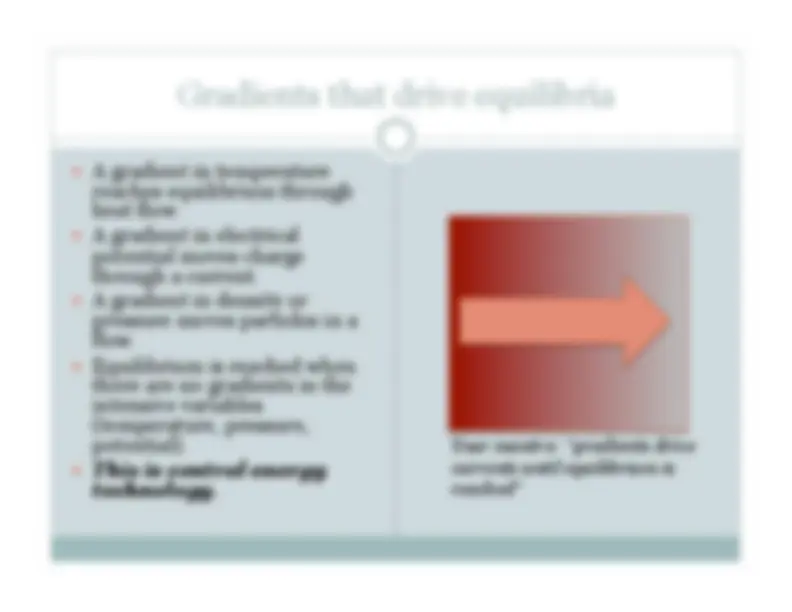
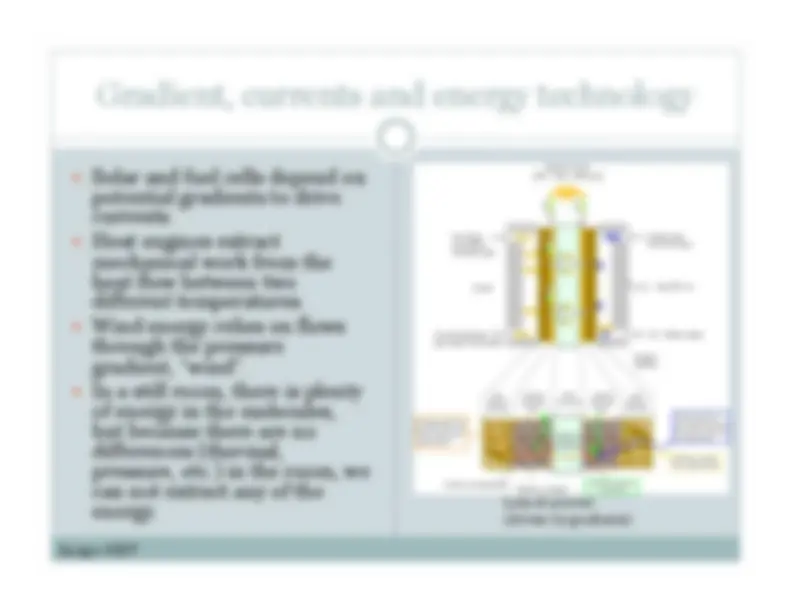

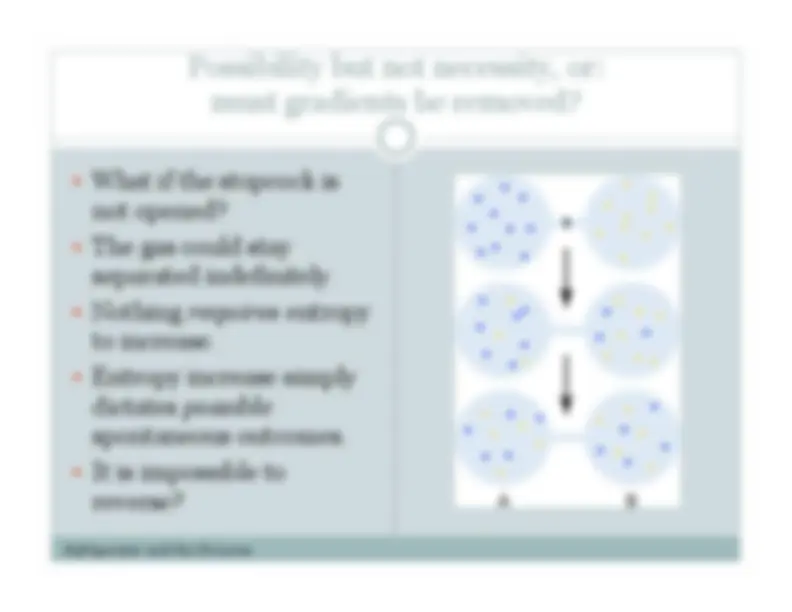
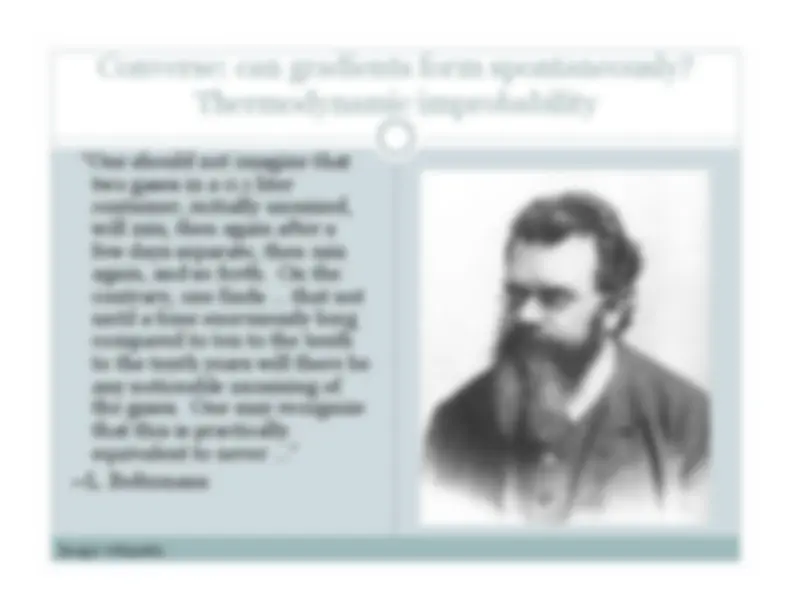
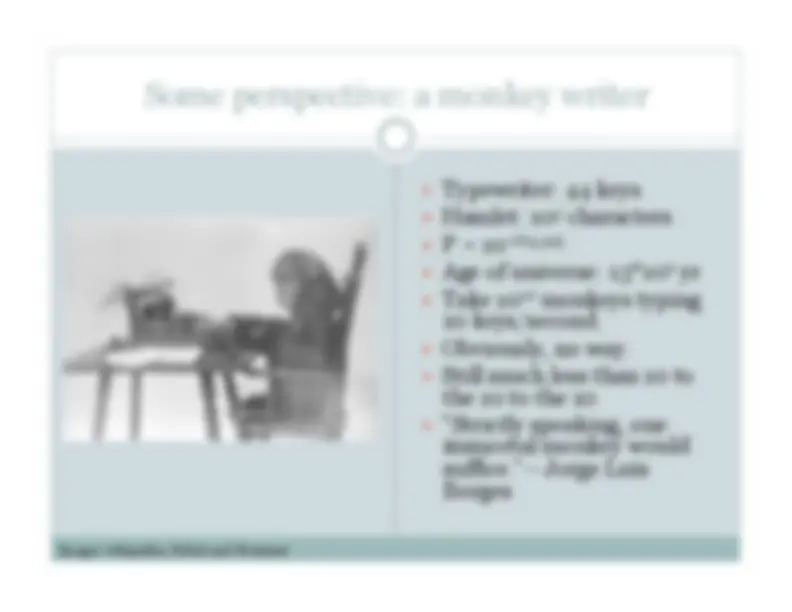

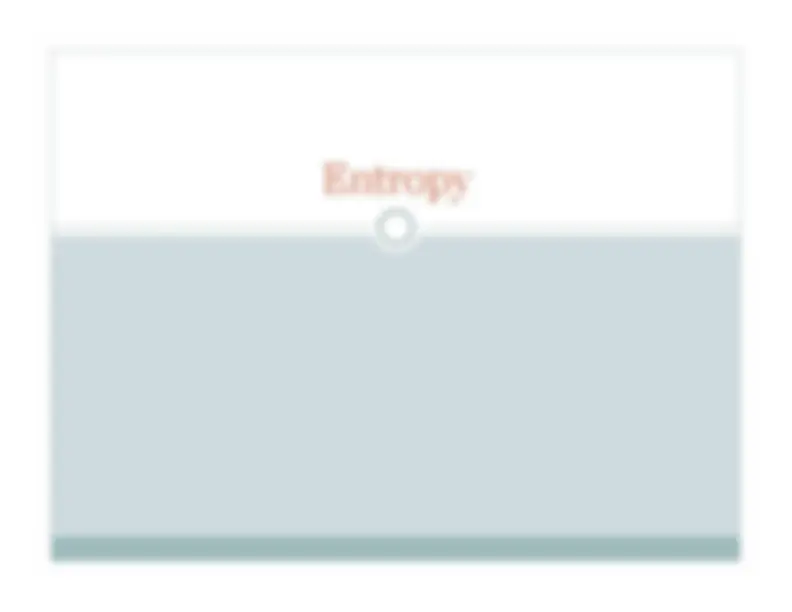
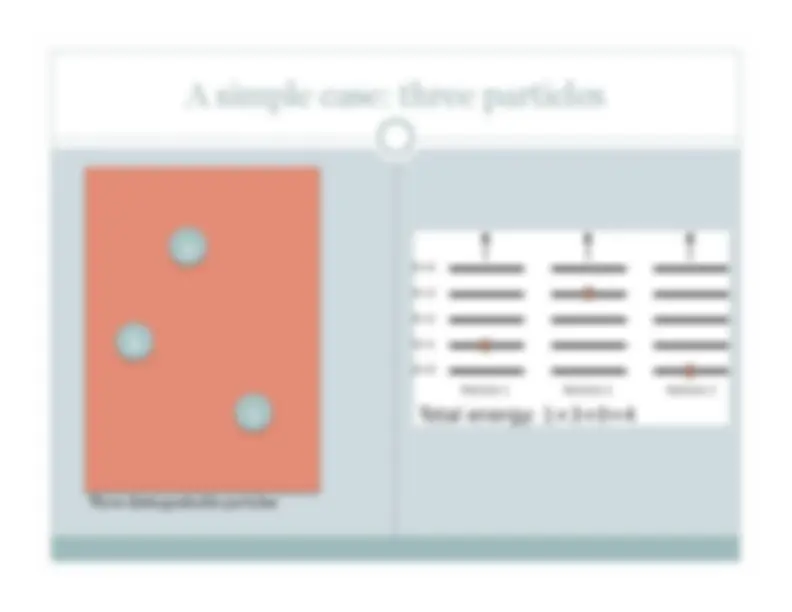
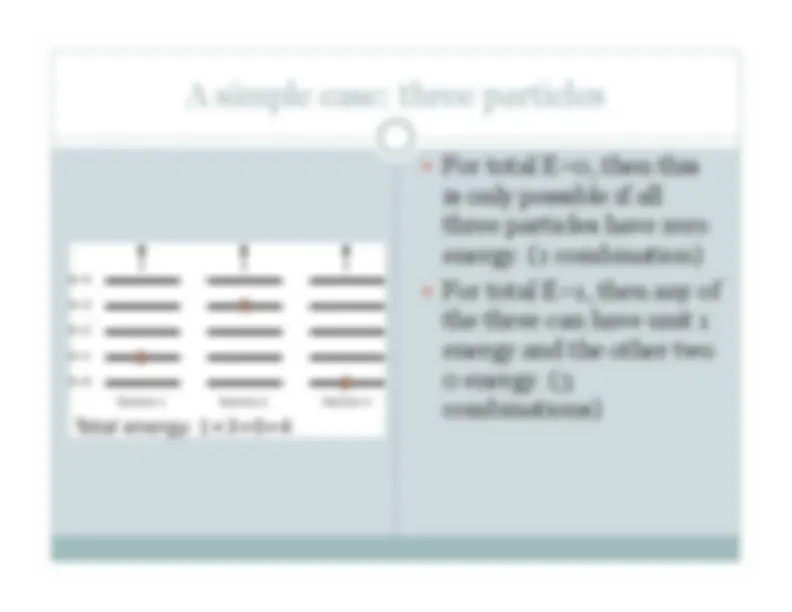
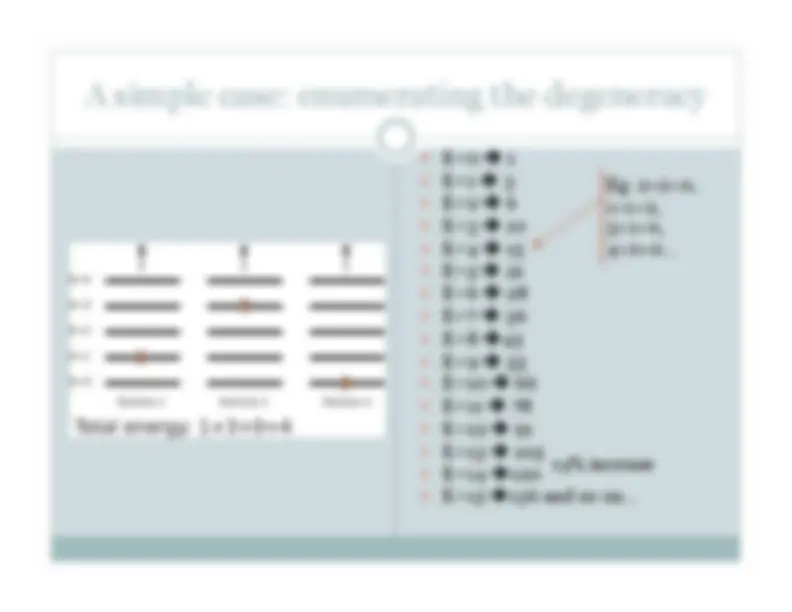
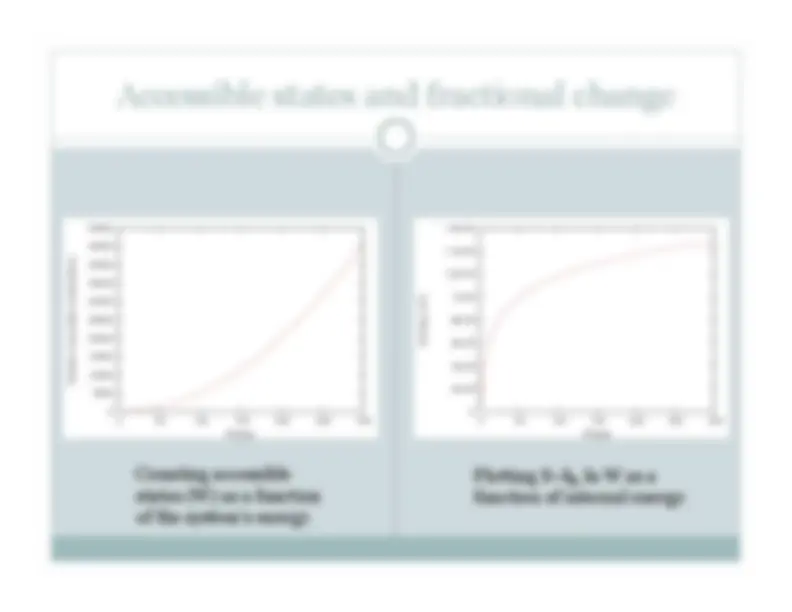
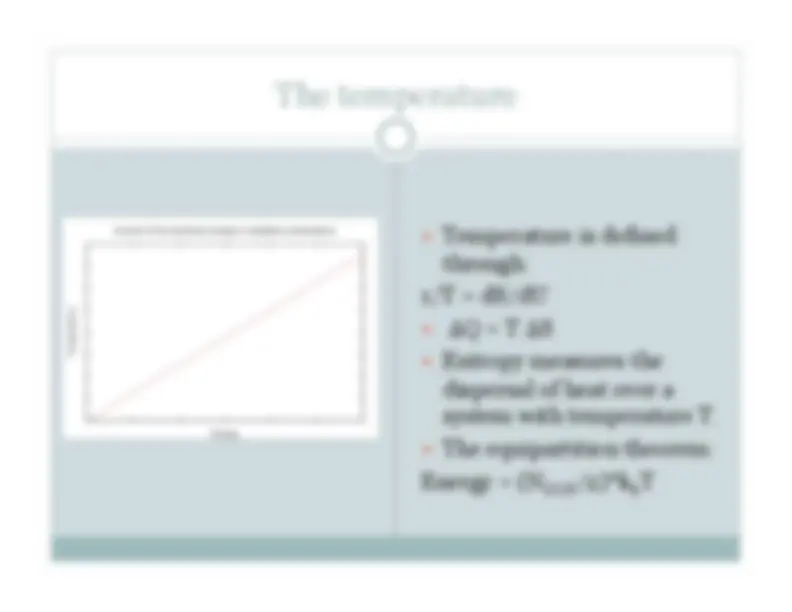
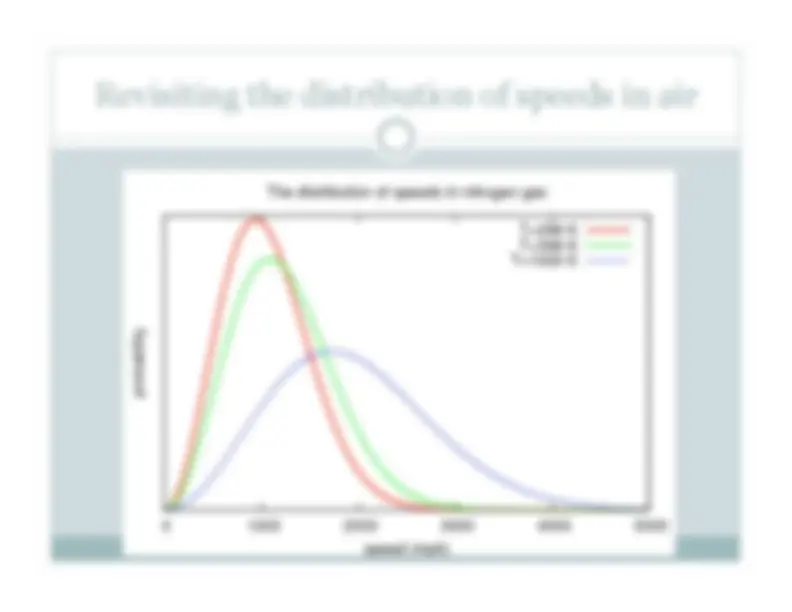
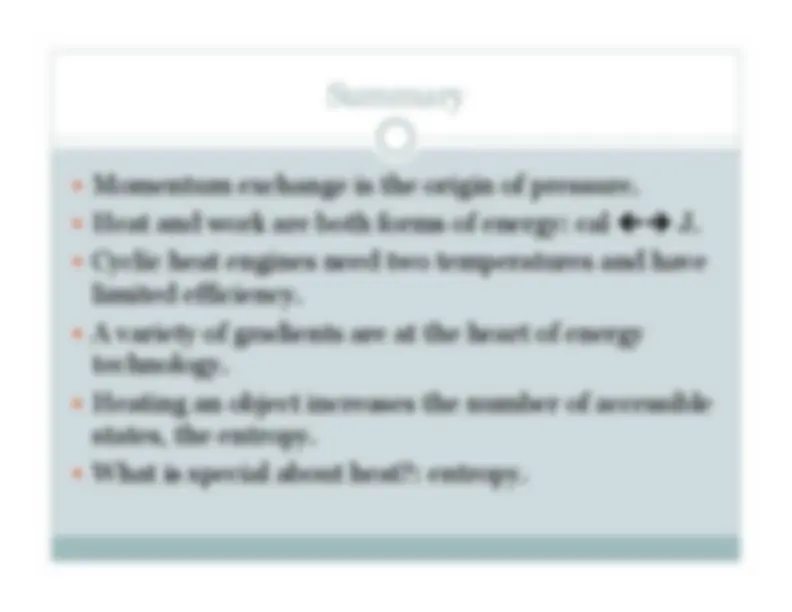


Study with the several resources on Docsity

Earn points by helping other students or get them with a premium plan


Prepare for your exams
Study with the several resources on Docsity

Earn points to download
Earn points by helping other students or get them with a premium plan
Community
Ask the community for help and clear up your study doubts
Discover the best universities in your country according to Docsity users
Free resources
Download our free guides on studying techniques, anxiety management strategies, and thesis advice from Docsity tutors
An overview of a university lecture series on thermodynamics, covering topics from motors and generators to statistical mechanics and entropy. The series includes lectures on the principles of thermodynamics, heat engines, nuclear and solar power, and more. Students are encouraged to refer to resources such as 'the refrigerator and the universe' and 'thermal physics' for further study.
Typology: Slides
1 / 34

This page cannot be seen from the preview
Don't miss anything!



























The Refrigerator and the Universe: Understanding the Laws of Energy Martin Goldstein and Inge Goldstein (chapter 5) cited as Refrigerator and the Universe Mere Thermodynamics D. Lemons Thermal Physics Kittel and Kroemer
Pressure is the force per area (e.g. pounds per square inch) force=pressurearea work = force times distance is now: Work is pressure times area times distance. Thus: ΔW=pΔV
Change in the internal energy = heat energy added minus work done by the system. (Energy conservation)
Heating, expansion, work at high temperature TH Recompress gas back to initial state To recompress the gas at the same temperature takes at least the same amount of work! Solution: cool the gas before recompressing (requires less work, so net work can be done.) Now: heat rejected to cold side in compression step! For net work to be done in a cyclic machine, some heat must be wasted. Very schematic! Refrigerator and the Universe
Heat engine waste has nothing to do with friction – friction only causes the efficiency to drop further. Compare to the electrodynamic lifter – aside from friction, such a device is 100% efficient. By proxy: electric car motors more efficient than internal combustion at converting inputs to motion. Thus: Something intrinsically different about heat engines. Electrodynamic lifter from lecture 2
A and B are in equilibrium B and C are in equilibrium Then, A and C are in equilibrium Does this have any physical content?: 1) Thermometers, 2) demands common notion of equilibrium.
Example: Physics of Solar Cells (P. Würfel)
A gradient in temperature reaches equilibrium through heat flow. A gradient in electrical potential moves charge through a current. A gradient in density or pressure moves particles in a flow. Equilibrium is reached when there are no gradients in the intensive variables (temperature, pressure, potential). This is central energy technology. Your mantra: “gradients drive currents until equilibrium is reached”